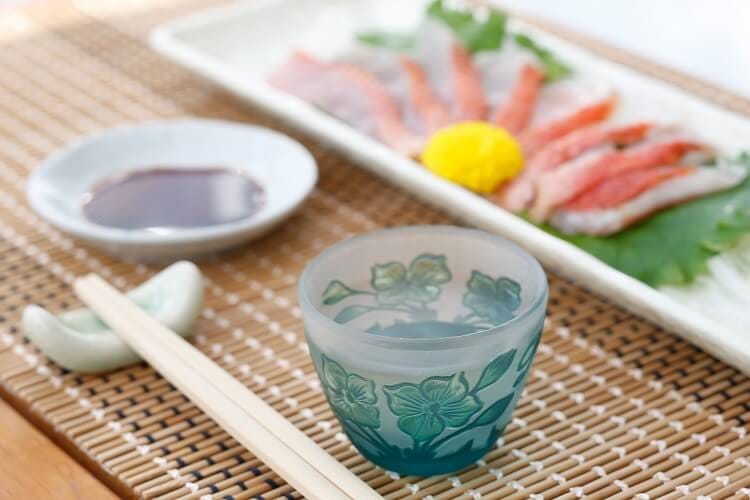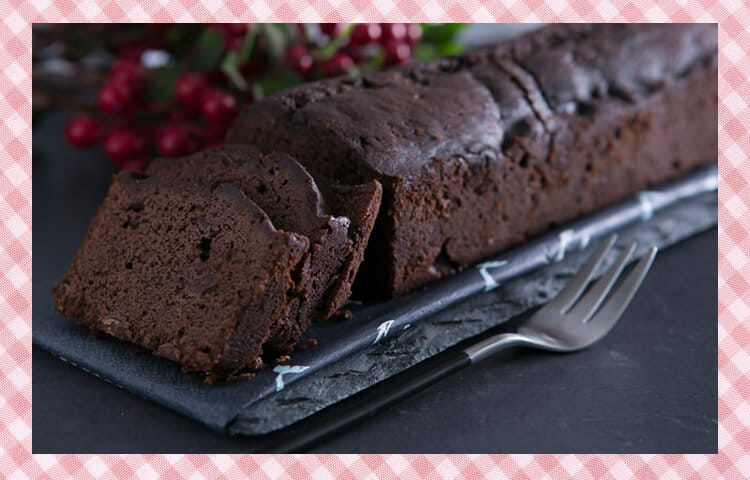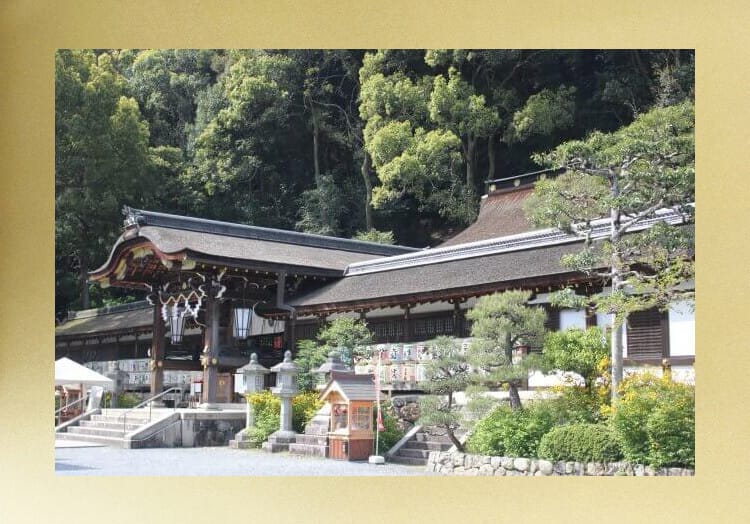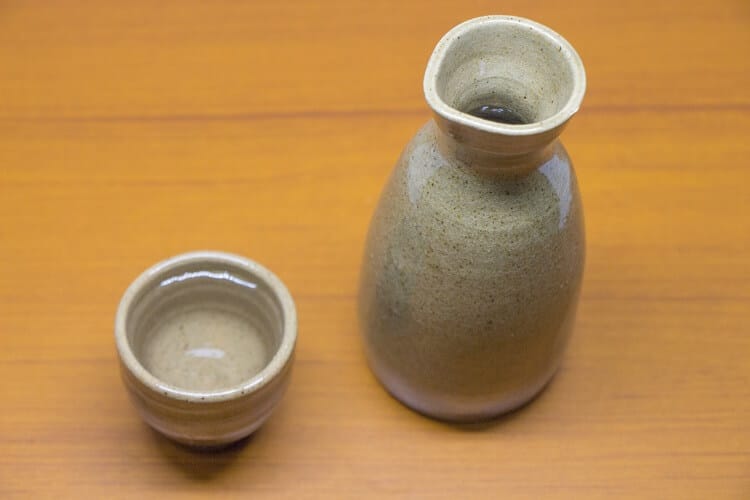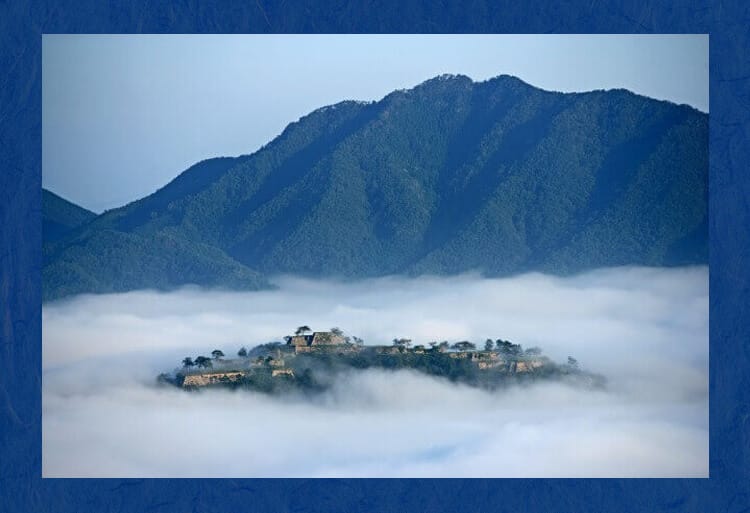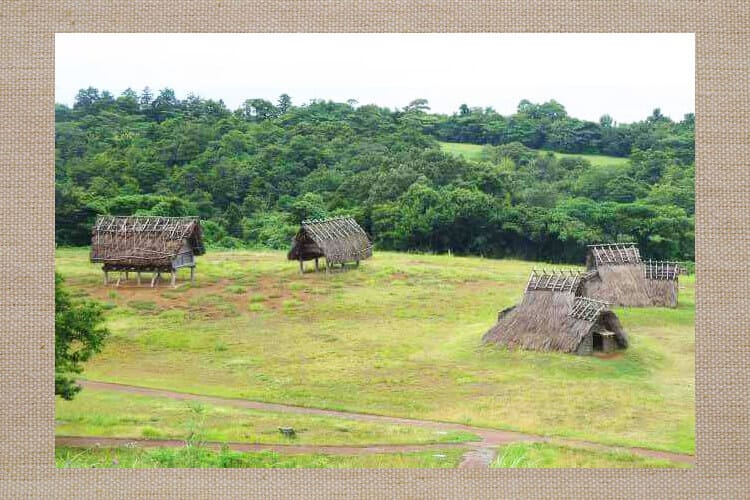
History of sake
Do you know when sake was born and how it developed? Probably even those who prefer sake will not know in detail the history of sake. This time, I will explain how sake has developed to this day. You can enjoy sake more by knowing its history, so check it out if you like sake.
How has sake evolved?
Sake has become an indispensable part of our lives, but how did it spread throughout the country? Here, we will introduce how sake was involved in daily life.
Since when has alcohol been drunk?
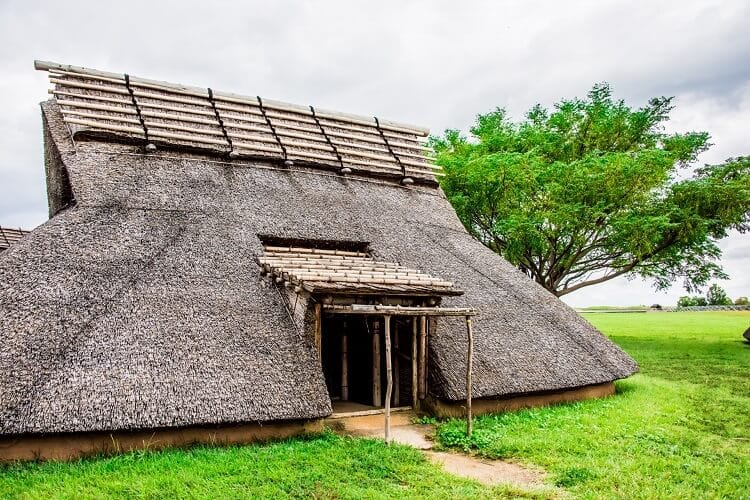
The oldest description of liquor can be found in the 3rd century "Shijin Denjin". However, it is not clear whether it is rice liquor, and it may be made from other grains and fruits. All I can say for sure is that alcohol had already been drunk in the 3rd century.
Yayoi Period

In the Yayoi period, paddy rice farming became established, and sake brewing was started using rice as a raw material, mainly in Kyushu and Kinki. Therefore, the origin of sake is thought to be the Yayoi period.
Sake brewing at this time used a primitive method of “mouth chewing” in which heated grains were chewed well, saccharified with saliva enzymes, and fermented with wild yeast. Even today, we say “brew” sake, but this comes from the word “bite”.
"Mouth biting" was specified in the "Osumi country climate record", and the work was limited to shrine maidens. This shows that sake brewing in the Yayoi period was considered as a work for women.
Yamato period

During the Yamato period, sake brewing spreads throughout the country. To prove it, sake brewing is also clearly stated in documents such as “Kojiki”, “Manyoshu” and “Fudoki”. At that time, it was not clearly called sake, but was called by other names such as “ki” “miki” “miwa” “kushi”.
Among the anecdotes of the Yamato period, there is an anecdote called “Yashio Praise Sake”. This is an anecdote about the content that Susano Onikoto got rid of Orochi when he defeated Yamatanoirochi, and is a typical anecdote for sake to appear.
Nara period
In the Nara period, sake brewing developed in China is introduced to Japan. In China, sake brewing using koji is performed, and this makes brewing methods using rice koji spread throughout the country.
In the Nara period decree system, a brewery was established for the imperial court. As a result, it is said that brewing technology has further advanced.
Heian period
Edited in the early Heian period, the Enki ceremony includes descriptions of how to prepare sake with rice, rice and water, and how to make rice cakes. During the Heian period, sake was indispensable for festivals. There were many elements as religious rituals, and the common people rarely spoke.
In addition, the liquor developed during the Heian era is “Munbo Sake”. Priest liquor was brewed in a medieval temple and received high acclaim. Nationally, Koyasan's “Amano Sake” and Nara and Heijo ’s “Bosen” are particularly famous.
Kamakura / Muromachi period
In the Kamakura / Muromachi period, commerce began to flourish and urbanization progressed. In the process, sake has the same value as rice. In this era, temples and shrines begin to brew sake instead of the imperial brewery organization, and the number of liquor stores will increase mainly in Kyoto. Kyoto is now famous as a place of liquor because of this background.
In addition, the “Sake no Diary” edited in the early Muromachi period from the north and south mornings clearly states the process of adding the rice cake, steamed rice and water in two steps, the application of lactic acid fermentation, and the use of charcoal. .
Even though there was no chemical knowledge, it can be seen that the current Sake brewing prototype was in place during the Kamakura / Muromachi period.
Azuchi-Momoyama Period
In the Azuchi-Momoyama period, productivity has improved dramatically due to the completion of the technology to make large bottles, and the foundation of modern sake industry has been established.
During the Azuchi-Momoyama period, many foreign cultures were introduced to Japan, and a prototype for making distilled spirits (shochu) in Japan was created.
Edo Period
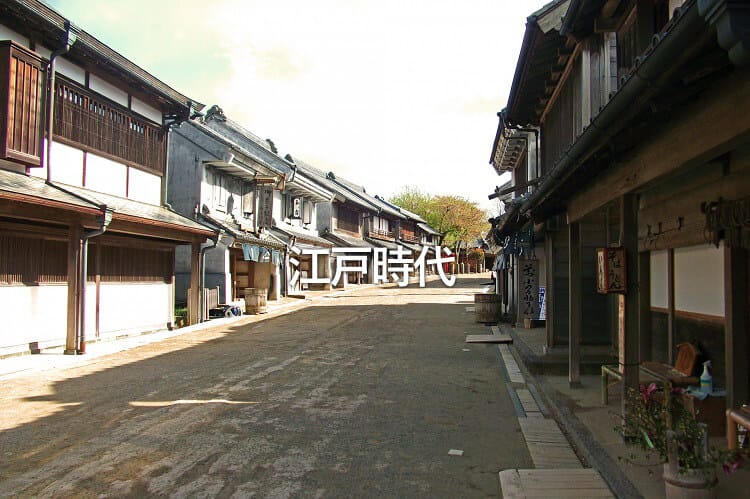
In the early Edo period, sake brewing was done five times a year. Among them, “Cold-making” in winter was considered the best. The reason was the 2 point that it was a time when it was easy to find excellent sake craftsmen, and that the brewing conditions were good, such as bass and long-term fermentation.
Therefore, in the sake brewing of 5 times a year, we put emphasis on “Cold-making”.
In the Edo period, innovative processing technology was developed. The technologies are the "fire method" and the "warm method". The “fire method” was used to increase the shelf life, and the “warm method” was used to improve the scent and reduce the risk of oxidation.
Although it is natural nowadays, it was during the Edo period that water became important in sake brewing. “Saganomiyasui” has a reputation for being a low-iron and mineral-rich water among the many waters, and was carried to Edo on a boat called a barrel ship.
In the middle of the Edo period, sake brewing transcended “local sake” and developed into a huge industry. There is a record that there were as many as 20,000 7000 breweries around the country at this time, and the development of brewing can be heard.
Meiji Era
In the Meiji era, the rich government military measures were taken under the new government, and liquor tax was also introduced into liquor and used as a means of collecting taxes. In-house brewing was banned as “crowd” and breweries decreased.
In the late Meiji era, the quick brewing method was formulated and a national brewery laboratory was established. From there, chemistry theory is gradually recognized as an indispensable element for sake brewing.
From the Taisho era to the present
In the Taisho era, Ichibanbo began to spread, and combined with the technological innovation created in the early Showa period, the foundation for modern sake brewing was in place around 1935. However, under the influence of World War II, rice control begins, and the production of liquor drops to less than half of normal.
In Showa 18, special grades, 1st grade, 2nd grade system began, but due to the reconstruction of sake brewing in various places, it was completely abolished in Heisei 4 and changed to a style like the current specific name sake.
In this way, sake has changed with the changing times. The diversity of sake is now understood by many people, and many types of sake can be enjoyed. I'm really looking forward to seeing how sake will change this time.
Japanese sake traditions and customs
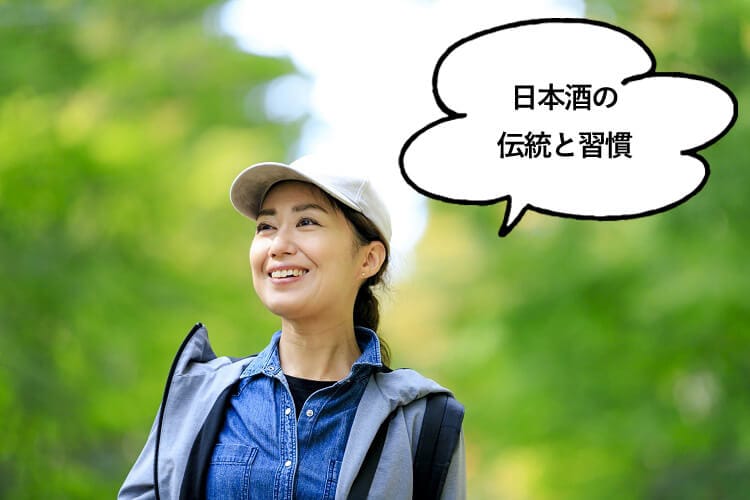
From the contents so far, I think you have understood how sake has evolved until today. From here, I would like to introduce the old customs to show that sake has been an indispensable presence for Japanese people since ancient times.
Japan is a country blessed with abundant nature, with clear changes in the seasons. The old man enjoyed the culture of enjoying sake while loving nature. In the following, we will introduce the traditions and customs of sake in the spring, summer, autumn and winter 4 seasons.
Spring:
Speaking of spring, it is “Hanami Sake”. The custom of drinking while watching cherry blossoms was already practiced in the Nara period. The Buddhist temple in Kyoto is a famous cherry blossom viewing spot, and the “Sakura Hanami” loved by Toyotomi Hideyoshi is especially famous.
In the Edo period, cherry blossom viewing became the greatest recreation for the common people.
Summer:
Summer is “Sake over summer”. “Summer's sake” is a drink that is used to wash away half a year of dirt on the last day of the year. This was a time when rice planting was over and the people were able to relax. “Summer over sake” also serves as a hot drink to drink while praying to survive the hot summer.
Fall:
Autumn is “Tsukimi Sake”. During this period, when you can enjoy the beautiful moon in mid-autumn, “Tsukimi Sake” has been used since ancient times. It was enjoyed mainly by the common people during the Edo period, and the teahouses in the Sumida River area were said to have been thriving.
“Tsukimi Sake” is a liquor that you can enjoy while enjoying the change of the seasons while enjoying the moon.
Winter:
Winter is “Yukimi Sake”. “Yukimi Sake” is a liquor that you can drink while loving the falling snow.
During the Heian period, the ox cart was specially made in the snow and delivered to Noyama, and in the Edo period, the ship was taken out and enjoyed “Yukimi Sake”.
In this way, the old people enjoyed the change of the season with “Sake”. I want to cherish Japanese customs and customs.
Summary
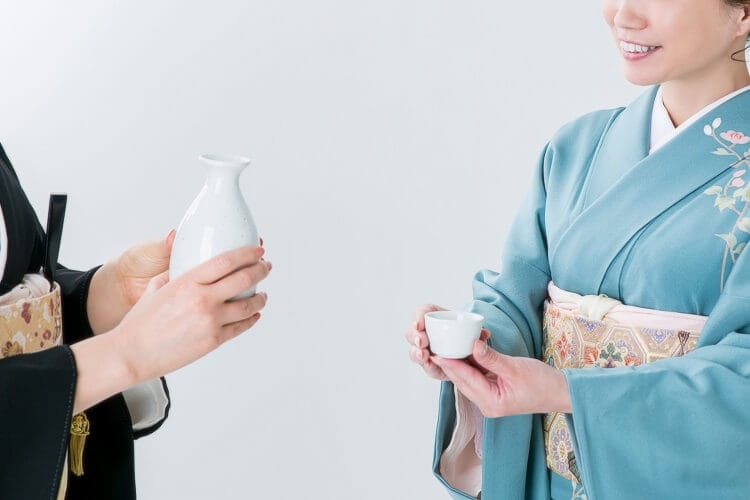
This time I have explained the history of sake. Sake made from rice has already been drunk in the Yayoi period, and it has been passed down to the present day.
Japan also has a custom of enjoying sake as the seasons change, and there are many things that have been passed down to date.
Let's enjoy sake while cherishing the culture nurtured by the old people.

